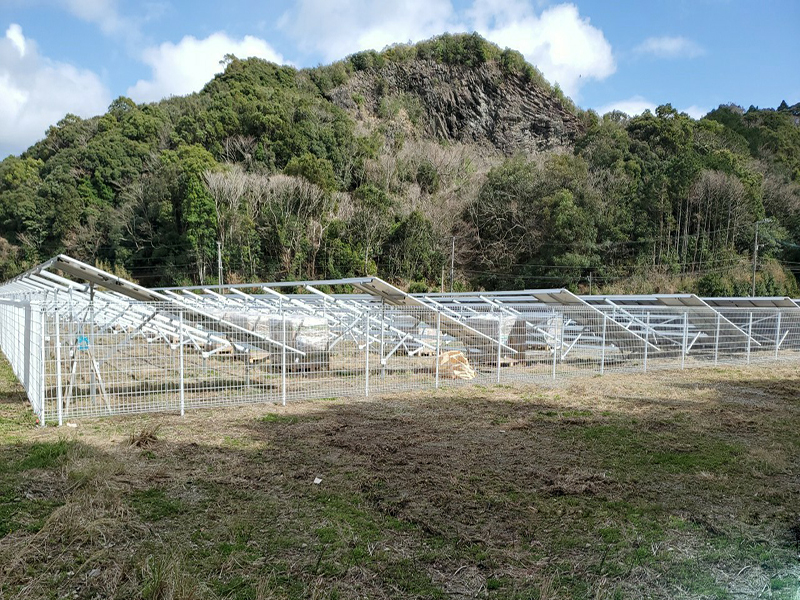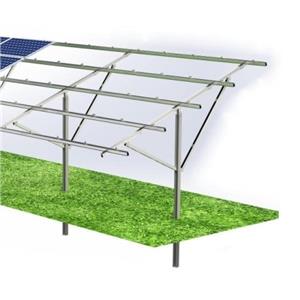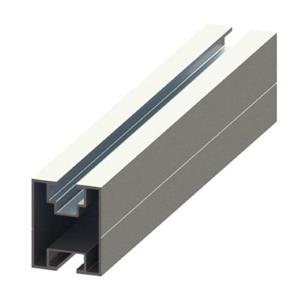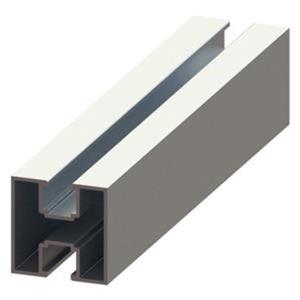2022 Photovoltaic building market is hot
The prospects for photovoltaic buildings and photovoltaic roofs are promising. However, the reality is that many distributed photovoltaic investors, installers, and owners have encountered difficulties with roof corrosion, water leakage and waterproofing.
Recently, Solar Photovoltaic Industry Association organized a small-scale exchange event called "Chuyang Lundao" to discuss quality problems and solutions in photovoltaic construction projects. Participants are all local distributed photovoltaic companies in Zhejiang, including EPC companies, distributed photovoltaic investors, distributed photovoltaic project supervision companies, and representatives of photovoltaic equipment companies such as modules, inverters, and brackets.

At the meeting, everyone gave full play to their professional expertise, thought from their own experience and industry accumulation, brainstormed, and confronted the three major problems faced by industrial plant roofs: a series of problems caused by the corrosion of color steel tile roofs; photovoltaic power station installation and drilling holes. The water leakage problem and the long-term waterproof problem of the integrated photovoltaic building support were fully discussed.
Color steel tile has the characteristics of light weight, high strength, rich color, convenient and quick construction, etc., and is widely used in industrial and civil buildings, warehouses and other roofs and walls. However, as the service life increases, problems such as roof corrosion and water leakage frequently occur. Most companies have a life span of 8-10 years for replacing color steel tiles. The lifetime of photovoltaic power plants is 25-30 years, which means that the color steel tile roofs equipped with photovoltaic power plants have to be replaced or maintained every 10 years. The repeated disassembly and assembly of components, brackets, wires and cables, bridges, power generation equipment, etc., have various problems such as high cost, difficult negotiation with the owner, high risk, and impact on production, which makes many enterprises in a dilemma.
As the initiator of this exchange activity, Solar companies shared the application cases of its own research and development of silicone rubber materials in many color steel tile roof projects.
For example, metal anticorrosive silicone rubber coating is an anticorrosive coating with organic silicon polymer as a film-forming substance. Due to the unique properties of organic silicon materials, the coating has excellent aging resistance, UV damage resistance, acid and alkali corrosion resistance, salt spray resistance, high and low temperature resistance, etc. At present, it has excellent applications in sewage treatment plants, glass plants, and building steel structures. This provides a good solution for the renovation and maintenance of color steel tile roofs equipped with photovoltaic power stations.
In addition, water leakage caused by drilling holes in photovoltaic power plants is not uncommon. Due to the limited thickness of the steel plate, the contact force area of the self-tapping screw and the steel plate is small. The self-tapping screw is in contact with the steel plate bimetal, and the hole is easy to corrode and rust. The structural safety cannot be guaranteed. The waterproof gasket material is easy to age and shrink, and the gasket depends on the self-tapping screw. After the fastening steel plate is compressed, the waterproof is achieved, and the self-tapping nail and the steel plate are slightly loosened, and the waterproofing becomes invalid.
In order to avoid perforation and match the use and life of photovoltaic power plants, silicone structural adhesive bonding has become the first choice for photovoltaic projects. Its advantages are: the steel plate has a large force area, changing from a point force to a surface force, avoiding the roof steel plate perforation, and there is no risk of water leakage. The bonding area ensures the risk of the system being pulled up by wind pressure. The rain roof has a slight elastic connection, which can resist the momentary large wind pressure and has a force-relieving effect, which is safe, reliable and effective for a long time.
In recent years, the newly developed high compression and resilience silicone rubber foam gasket (BIPV sealed and waterproof), through structural design, not only meets the air tightness, water tightness, fire resistance, insulation and environmental protection requirements of photovoltaic buildings. Moreover, the ease of installation and standardized operation of photovoltaic building materials components are solved, and the sealing methods commonly used in traditional buildings are prevented from being affected by weather, environment, and technical level of workers. As more and more cases land, we believe that more and more black technologies of Hangzhou enterprises will have more applications in photovoltaic buildings in the future.
As we all know, with the implementation of the carbon neutral macro-strategic goal, buildings that are the main consumers of social energy consumption have changed from passively accepting photovoltaics to actively embracing photovoltaics. This is a fundamental change in market logic, which will undoubtedly greatly benefit the photovoltaic industry.
Waterproofing, fireproofing and load issues are the basic issues that photovoltaic construction projects need to solve first, and only on this basis can they have the opportunity to consider other demand issues. In this context, the Solar Photovoltaic Industry Association and Photovoltaic Enterprises will focus their attention on how to solve the quality problems of existing projects and the discussion of their solutions, which is of more practical significance.
Next, they will continue to discuss in depth what role photovoltaics play in the energy-saving renovation of existing buildings and zero-energy buildings, how they can be effective, what problems to avoid, etc., gather their efforts and brainstorm together to embrace the "photovoltaic + building" high-speed The "golden age" of development.




